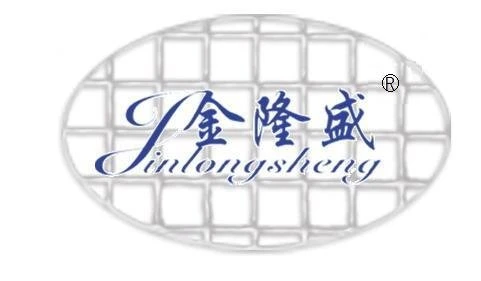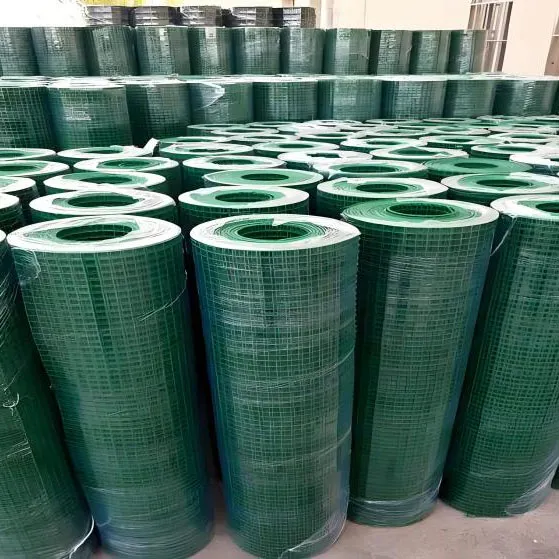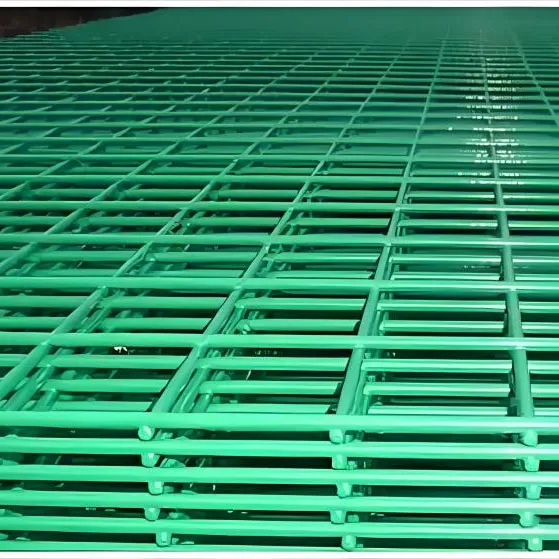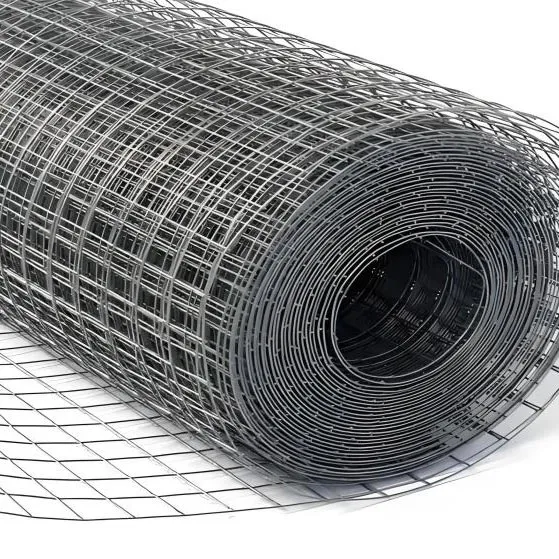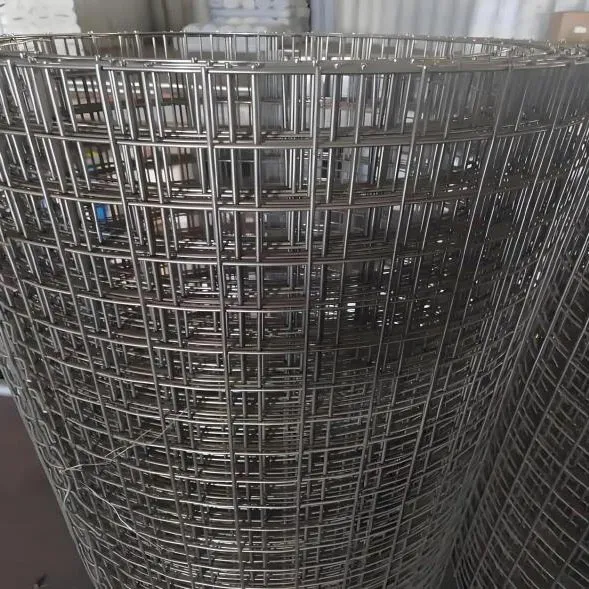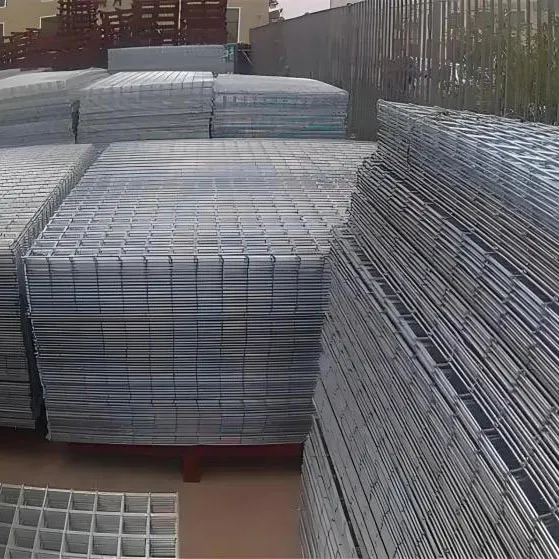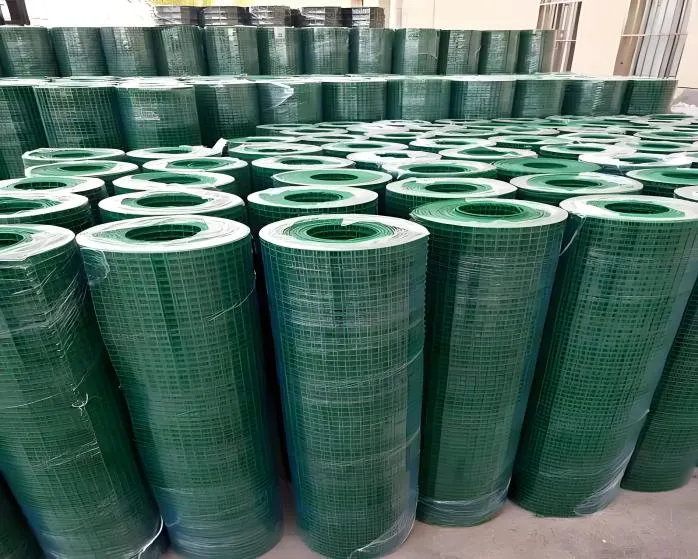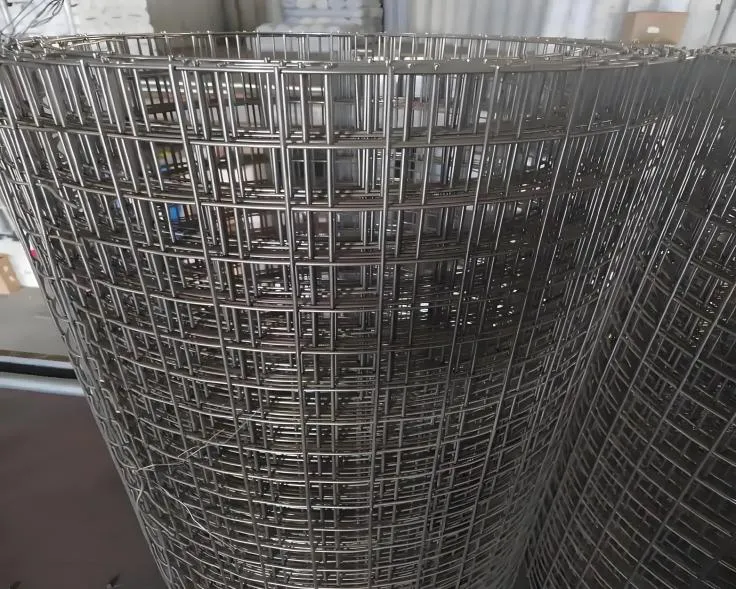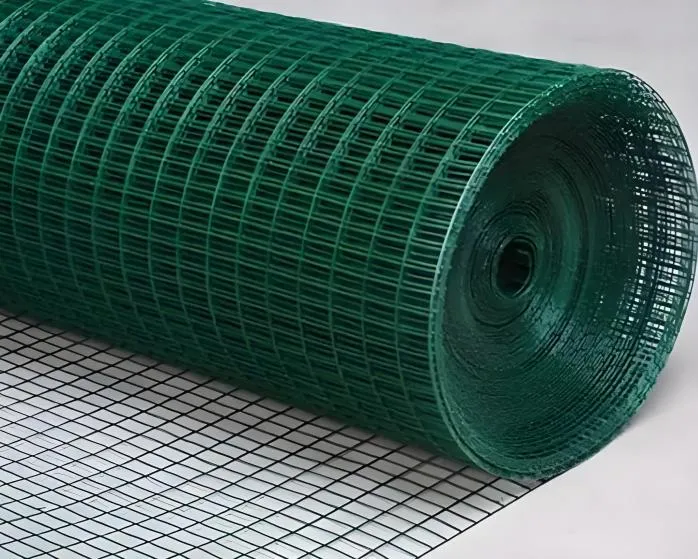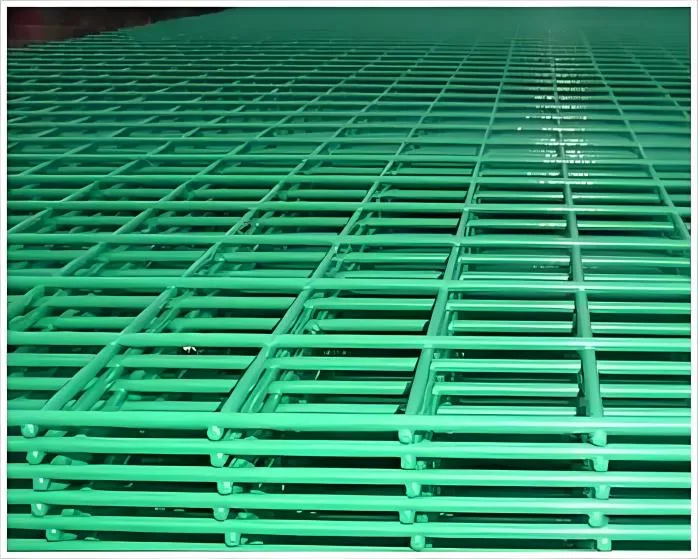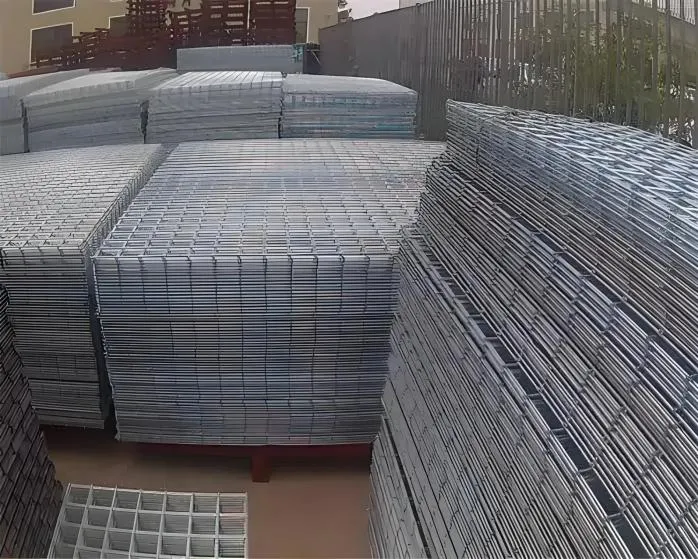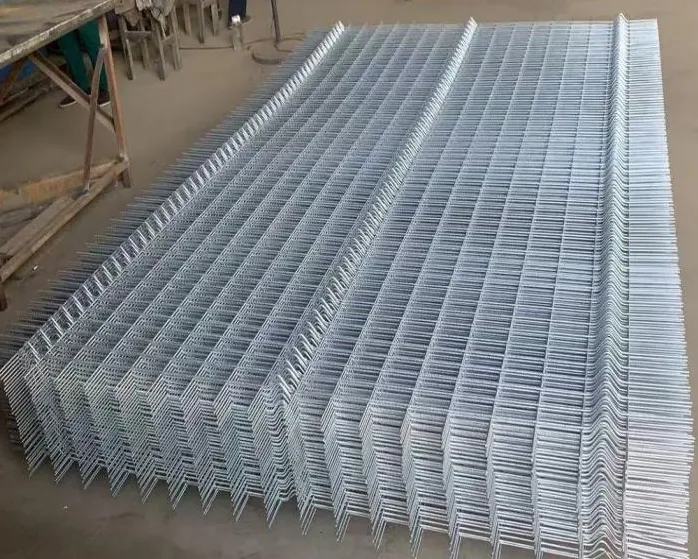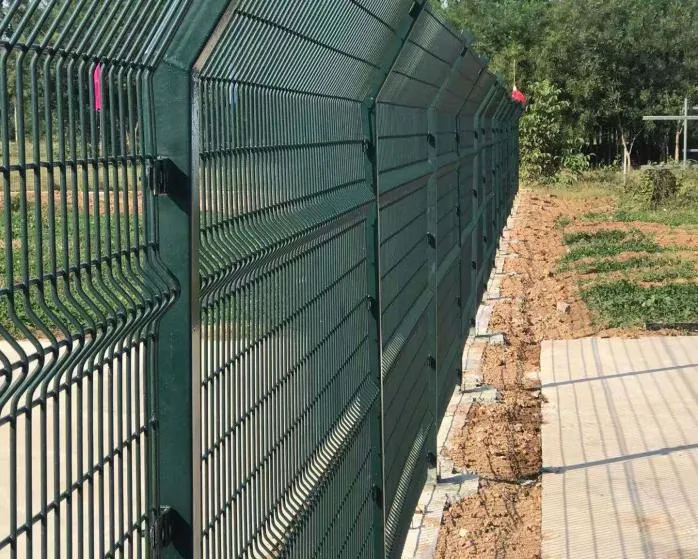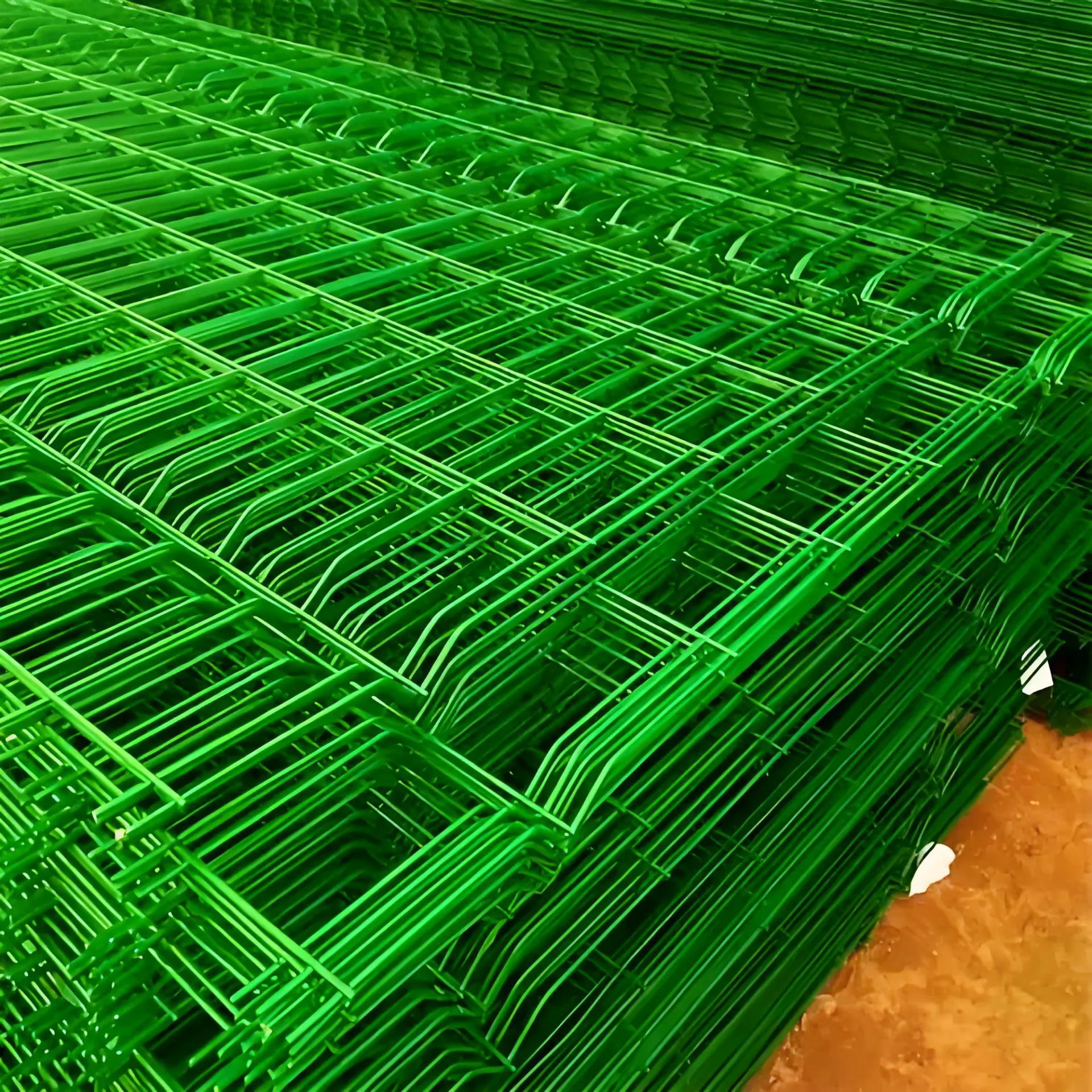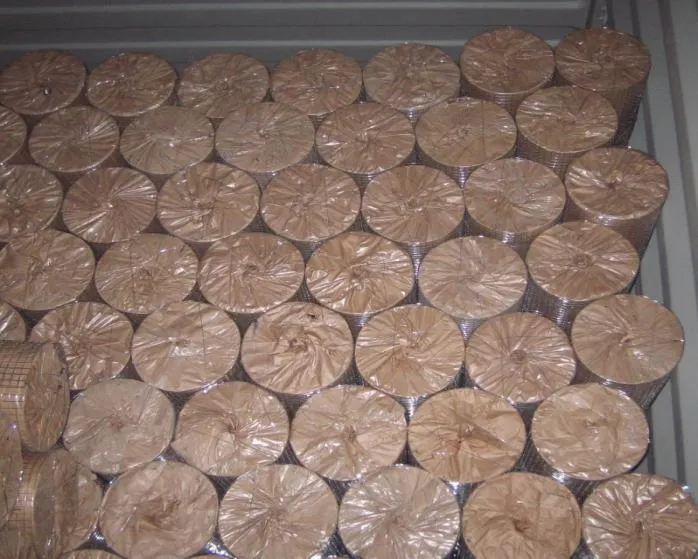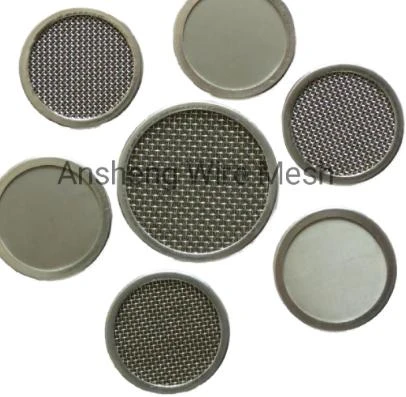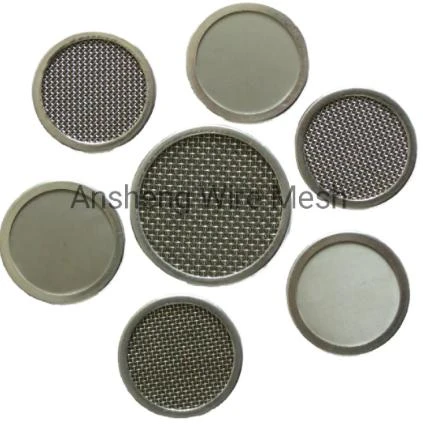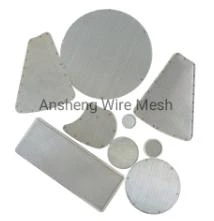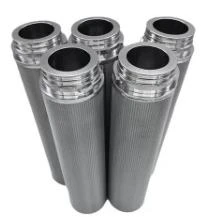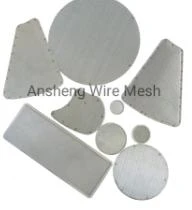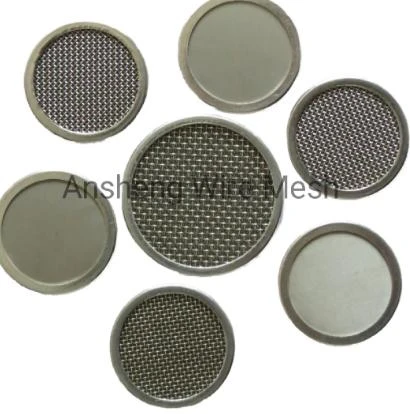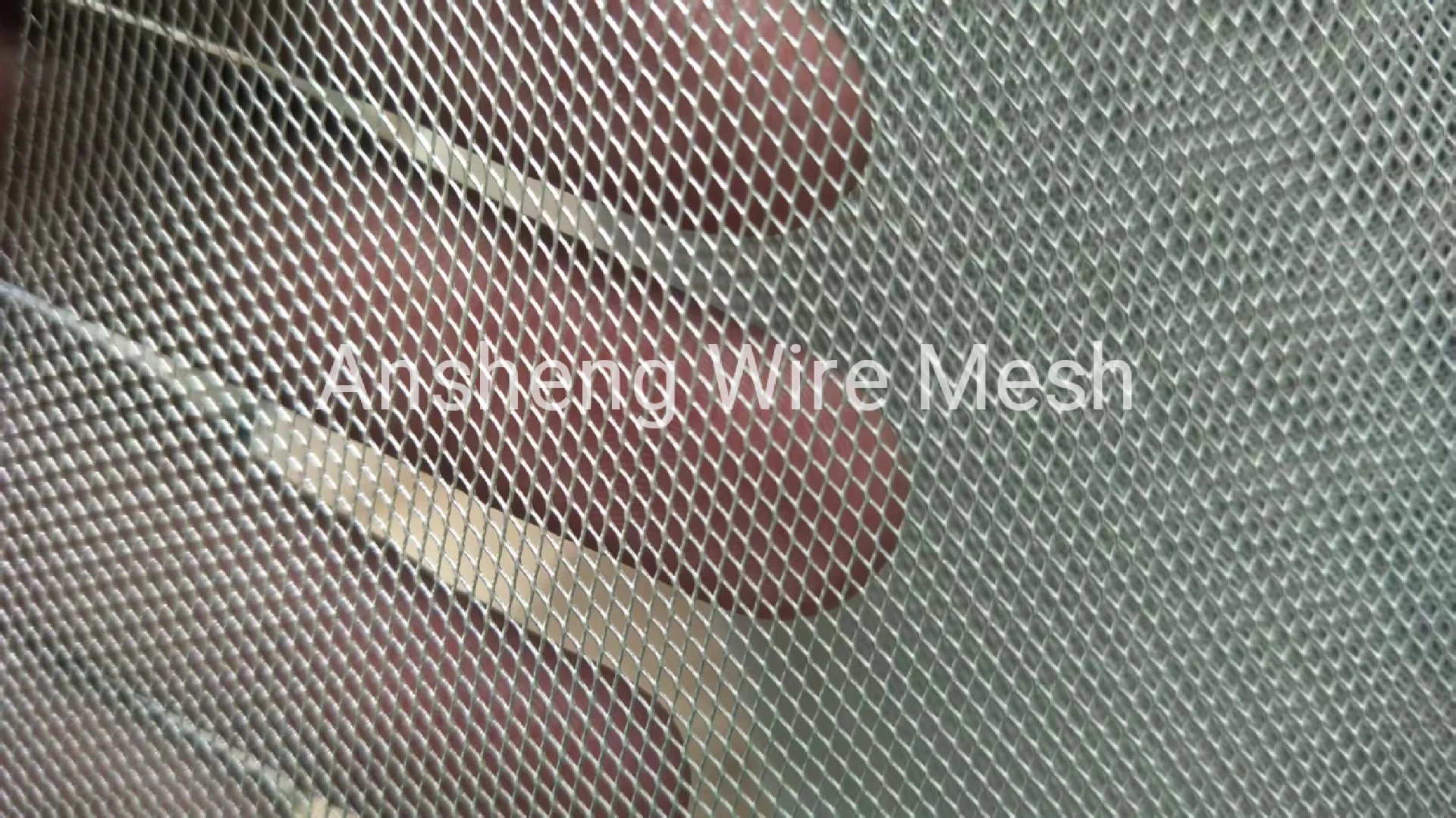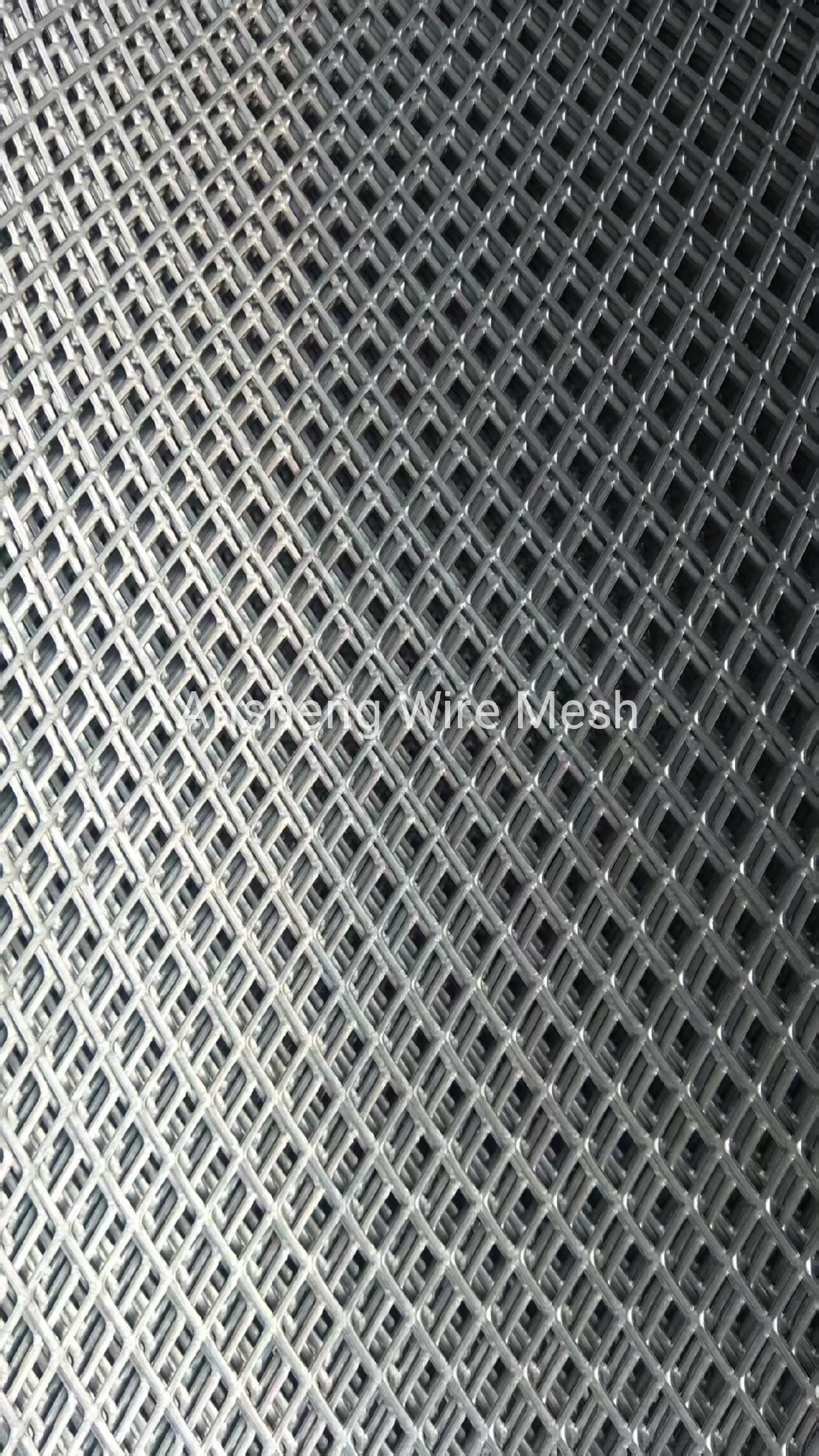1. Manufacturing Process:
- Welding Technique: Wires (typically steel, stainless steel, or other alloys) are arranged in perpendicular rows and columns. The intersections are fused using electric resistance welding creating strong, permanent bonds.
- Materials: Common options include:
- Galvanized steel: Rust-resistant for outdoor use.
- Stainless steel: Corrosion-resistant for harsh environments.
- PVC-coated: Adds extra protection and color for aesthetics.
- Aluminum: Lightweight and non-corrosive.
2. Key Features:
- Strength & Rigidity: The welded joints provide structural integrity, making it resistant to bending or deformation.
- Uniformity: Precise grid patterns (square, rectangular, or custom shapes) with consistent spacing.
- Customization: Wire thickness (gauge), aperture size (hole dimensions), and sheet size can be tailored to specific needs.
- Cost-Effective: Mass-produced and easy to install, reducing labor costs.
1. Wire Gauge (Thickness)
Measured in SWG (Standard Wire Gauge) or AWG (American Wire Gauge), with lower numbers indicating thicker wires:
- Light-Duty:
- 20–16 gauge (0.9–1.6 mm): Used for lightweight applications like garden fencing, insect screens, or decorative panels.
- Medium-Duty:
- 14–10 gauge (1.6–3.4 mm): Common in concrete reinforcement, partitions, and industrial shelving.
- Heavy-Duty:
- 8–4 gauge (4–6 mm): Used for security fencing, gabions, or heavy-load structures.
2. Aperture Sizes (Hole Dimensions)
The spacing between wires, measured in inches or millimeters:
- Small Apertures (for precision/filtration):
- 1/4" x 1/4" (6 mm x 6 mm) to 1" x 1" (25 mm x 25 mm): Used in rodent control, plaster reinforcement, or fine screening.
- Medium Apertures (general-purpose):
- 2" x 2" (50 mm x 50 mm) to 4" x 4" (100 mm x 100 mm): Ideal for concrete slabs, poultry cages, and partitions.
- Large Apertures (for visibility/ventilation):
- 6" x 6" (150 mm x 150 mm) or larger: Used in perimeter fencing, trellising, or livestock enclosures.
3. Sheet/Roll Dimensions
- Standard Panels:
- 4' x 8' (1.2 m x 2.4 m) or 5' x 10' (1.5 m x 3 m) for construction or fencing.
- Rolls:
- 3'–5' wide x 50'–100' long (0.9–1.5 m x 15–30 m) for agricultural or industrial uses.
4. Common Applications by Size
|
Application |
Typical Size |
Example Uses |
|
Concrete Reinforcement |
10–12 gauge, 2"x2" or 6"x6" apertures |
Driveways, slabs, walls |
|
Security Fencing |
6–8 gauge, 2"x4" or 4"x4" apertures |
Prisons, warehouses, property boundaries |
|
Gardening/Agriculture |
16–14 gauge, 1"x1" or 2"x2" apertures |
Chicken coops, trellises, compost bins |
|
Industrial Shelving |
12–10 gauge, 1"x1" or 2"x2" apertures |
Warehouse racks, machine guards |
|
Decorative Panels |
20–16 gauge, 1/2"x1/2" apertures |
Room dividers, facades, light fixtures |
5. Material-Specific Sizes
- Galvanized Steel: Common in 14–8 gauge for outdoor fencing.
- Stainless Steel: Often 16–12 gauge for food processing or marine environments.
- PVC-Coated: Typically 14–10 gauge with 1"–4" apertures for aesthetic fencing.
Welded wire mesh is a versatile material used in a wide range of applications due to its strength, durability, and customizable design. Below is a detailed breakdown of how it is used across industries, along with specific examples:
1. Construction & Civil Engineering
- Concrete Reinforcement:
- How: Embedded in concrete slabs, walls, or pavements to prevent cracking and add tensile strength.
- Example: Driveways, foundations, and precast concrete panels.
- Benefits: Reduces shrinkage cracks, improves load-bearing capacity.
- Gabion Baskets:
- How: Filled with stones or gravel to create retaining walls or erosion control structures.
- Example: Riverbank stabilization, highway embankments.
- Benefits: Flexible, permeable, and environmentally friendly.
- Flooring & Ceiling Support:
- How: Used as a base for stucco, plaster, or tile work.
- Example: Underfloor heating systems, suspended ceilings.
2. Agriculture & Farming
- Animal Enclosures:
- How: Built into cages, pens, or fencing to safely contain livestock or poultry.
- Example: Chicken coops, rabbit hutches, cattle feedlots.
- Benefits: Durable, rust-resistant (galvanized or PVC-coated options).
- Plant Support:
- How: Used as trellises for climbing plants (e.g., tomatoes, vines).
- Example: Vertical farming, greenhouse structures.
- Benefits: Provides airflow and sunlight penetration.
- Compost Bins & Grain Storage:
- How: Forms ventilated walls for organic waste or grain silos.
- Benefits: Prevents rodents while allowing airflow.
3. Industrial & Manufacturing
- Machine Guards & Safety Barriers:
- How: Installed around machinery to protect workers while allowing visibility.
- Example: Factory equipment, conveyor belt enclosures.
- Benefits: Meets OSHA safety standards, lightweight.
- Shelving & Storage:
- How: Used in pallet racks, warehouse shelves, or tool organizers.
- Benefits: High load capacity, easy to clean.
- Filtration & Screening:
- How: Acts as a sieve for aggregates, coal, or industrial materials.
- Example: Mining operations, wastewater treatment.
4. Security & Perimeter Fencing
- How: Woven into rigid panels for high-security fencing.
- Example: Prisons, military bases, residential boundaries.
- Benefits: Difficult to cut or climb, long-lasting.
5. Home & Decorative Use
- Garden Fencing:
- How: Protects plants from pests or defines garden beds.
- Example: Raised bed borders, deer fencing.
- Decorative Panels:
- How: Cut into artistic designs for façades, room dividers, or light fixtures.
- Example: Modern interior design, balcony railings.
- Benefits: Combines aesthetics with functionality.
- DIY Projects:
- How: Crafted into furniture, pet enclosures, or compost bins.
- Example: Wire mesh tables, bird feeders.
6. Infrastructure & Transportation
- Road Reinforcement:
- How: Laid under asphalt to reduce potholes and extend road life.
- Example: Highways, airport runways.
- Bridge Construction:
- How: Reinforces concrete in bridge decks or barriers.
7. Retail & Commercial
- Shopping Carts & Baskets:
- How: Molded into lightweight, durable frames.
- Benefits: Corrosion-resistant (stainless steel or coated).
- Display Racks:
- How: Used in supermarkets or warehouses for product organization.
Key Considerations
- Strength vs. Open Area: Smaller apertures increase strength but reduce airflow/visibility.
- Custom Sizes: Many suppliers offer tailored gauges, apertures, and sheet dimensions.
Installation Tips
1. Measure & Cut: Use bolt cutters or angle grinders to size the mesh.
2. Secure Edges: Bind sharp edges with PVC coating or caps to prevent injuries.
3. Fasten Properly: Use wire ties, clamps, or welding for structural projects.
4. Corrosion Protection: Choose galvanized, stainless steel, or PVC-coated mesh for outdoor/moist environments.
Material Selection Guide
|
Application |
Recommended Material |
|
Outdoor fencing |
Galvanized steel or PVC-coated |
|
Marine environments |
Stainless steel (316 grade) |
|
Decorative panels |
Powder-coated or aluminum |
|
High-temperature areas |
Stainless steel or heat-resistant alloys |
Key Advantages
- Cost-effective: Cheaper than solid metal sheets.
- Customizable: Available in various gauges, apertures, and sheet sizes.
- Low Maintenance: Resists wear, rust, and deformation.
Welded wire mesh is a go-to solution for projects requiring strength, airflow, visibility, or design flexibility. Whether reinforcing concrete, securing a farm, or creating art, its adaptability makes it indispensable. Let me know if you need help with a specific project!
